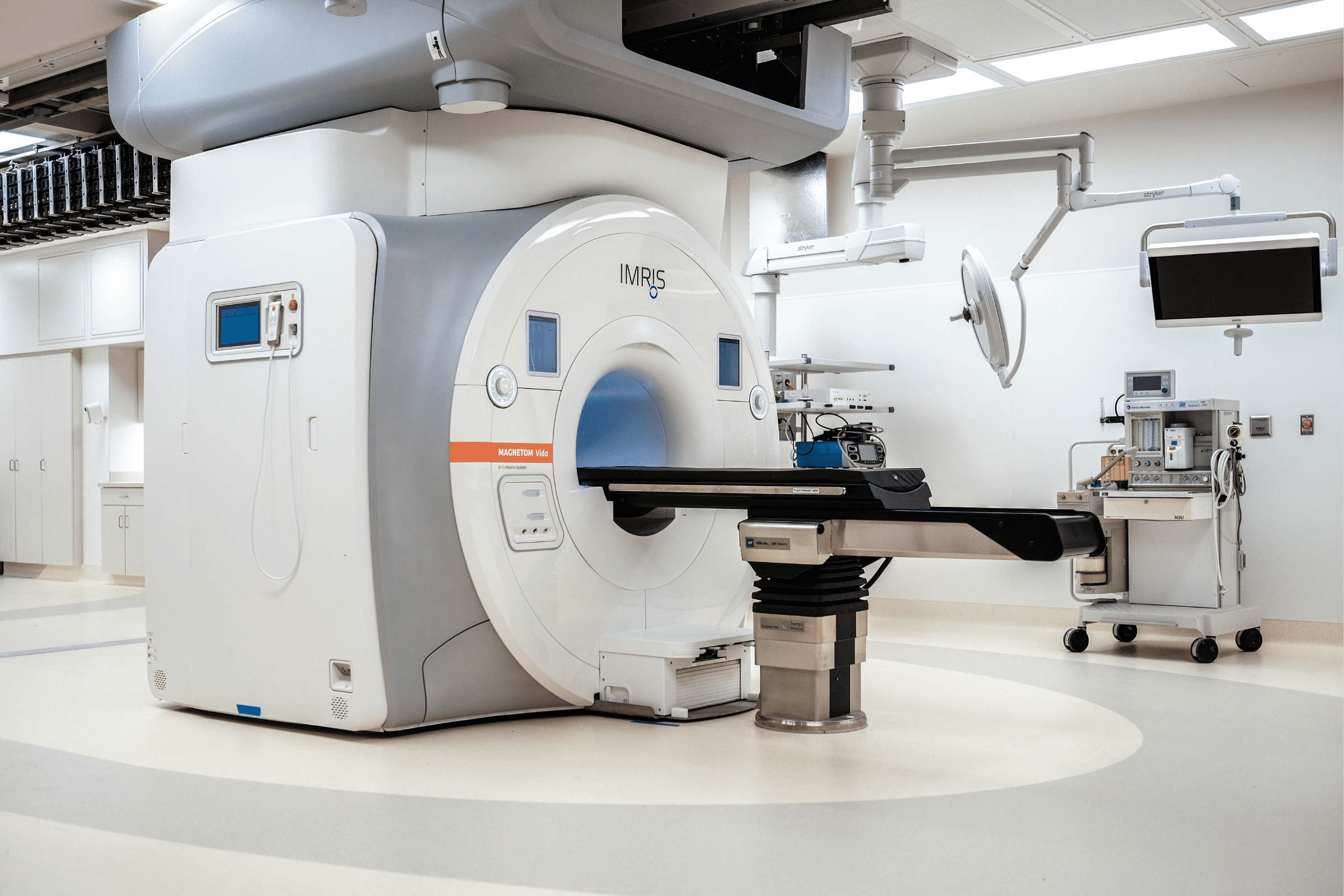During a volunteer brain development study in 2022, 10-year-old Annabelle Jacobson learned that she had a grape-size tumor called a low-grade glioma slowly growing in her head. An MRI during the study revealed Annabelle’s tumor was in her frontal lobe, the area of the brain responsible for important motor skills such as walking and moving her arms.
Annabelle and her family were referred to Dr. Kyle Halvorson, pediatric neurosurgeon at Children’s Minnesota. Over the course of about a year, The Kid Experts in the Children’s Minnesota neurosurgery program worked with Annabelle and her family as she followed a custom care plan for her slow-growing low-grade glioma, one of the most common types of brain tumors in kids. “At first, Annabelle was asymptomatic, so we decided to go the path of ‘wait and see,’” Annabelle’s mom Jozy explains.
Annabelle had periodic MRIs to closely monitor the low-grade glioma. The tumor was stable until a 2023 scan detected it had begun growing faster. Dr. Halvorson and Dr. Maggie Skrypek, a neuro oncology expert with the Cancer and Blood Disorders program at Children’s Minnesota, recommended surgery to remove the brain tumor. It was located in the area of the brain directly correlated to Annabelle’s ability to move her arms, legs and face, which made the operation extremely important, but exceptionally challenging. Thankfully, the procedure did not have any long-lasting complications.
Annabelle’s operation took place inside Children’s Minnesota’s Richard M. Schulze Family Foundation iMRI Surgical Suite, which is the first neurosurgery facility of its kind in North America. The cutting-edge facility in the pediatric healthcare system’s Minneapolis hospital shares the same name as the philanthropic foundation that generously committed a $5.5 million lead gift to the iMRI suite. On November 15, 2023, Dr. Halvorson and his team performed a craniotomy procedure in the state-of-the-art facility. During the 11-hour operation, the neurosurgeon removed a portion of Annabelle’s skull to create a temporary opening to safely remove the tumor.
The three-room neurosurgery facility allows experts to seamlessly move a 16,200-pound MRI scanner directly into one of its operating rooms via a ceiling-mounted rail system. The high-power scanner then takes crystal-clear images mid-procedure to confirm the entire tumor is removed. This is done without leaving the sterile environment of the operating room. This crucial ability improves patient outcomes. Annabelle had two scans during her surgery and the procedure was a success.
“We felt this reduced the risk and provided Dr. Halverson with the information he needed to have the best possible outcome,” Jozy says. “Having an iMRI was one of the ‘must haves’ for me when selecting the hospital.”
Now home with her family, Annabelle’s care journey still includes routine follow-up MRI scans every three months to ensure the tumor does not grow back. “I feel great, mostly like I was before,” Annabelle shares. “There are only a few things I can’t do just yet, like skiing or gymnastics.”
The neuroscience program is the focus of this year’s Children’s Minnesota Star Gala, the premier black-tie fundraiser for Children’s Minnesota. For more than 30 years, the philanthropic community in the Twin Cities has come together to raise millions of dollars for the nonprofit, which relies on generous donors to make possible the life-changing programs at Children’s Minnesota.





